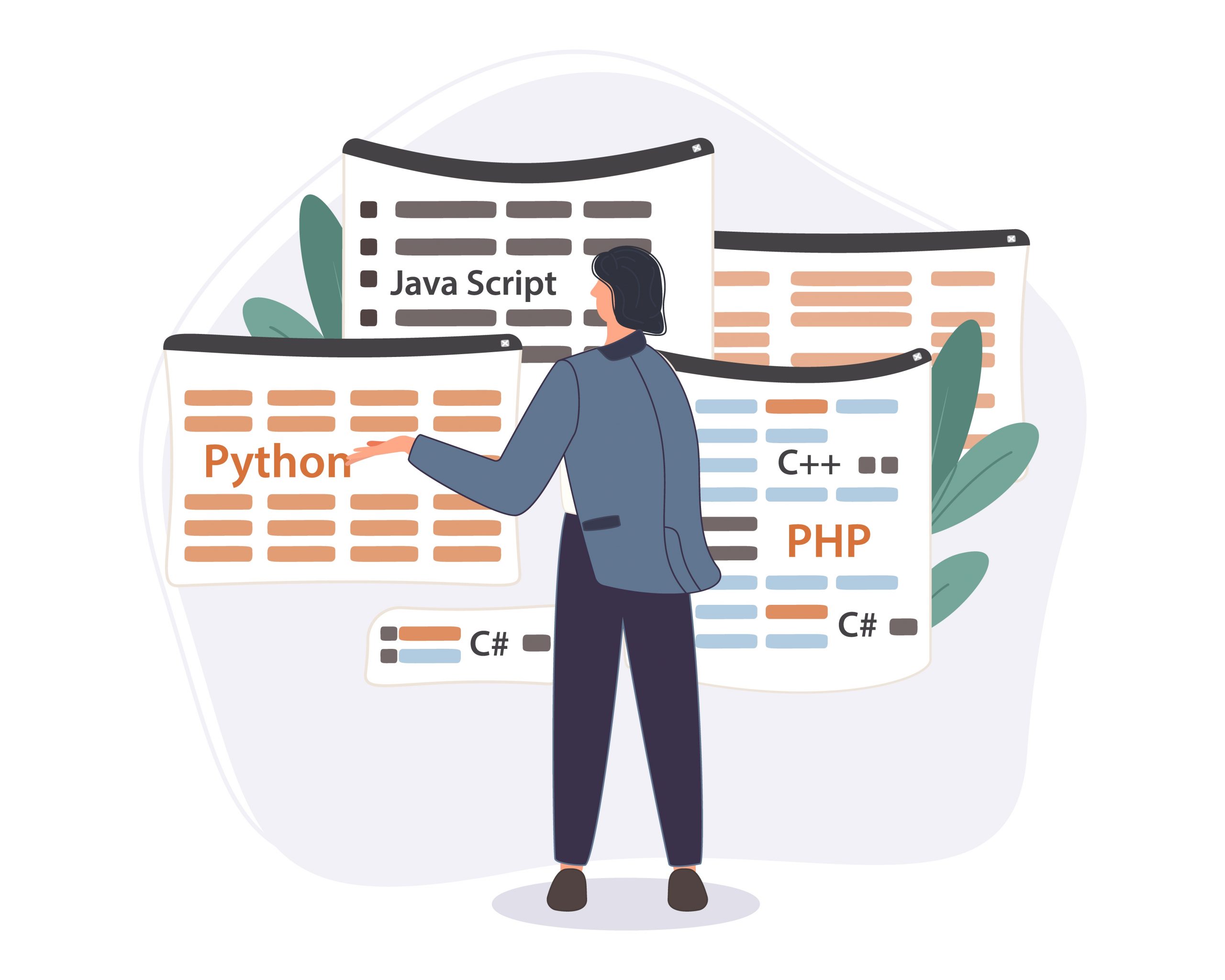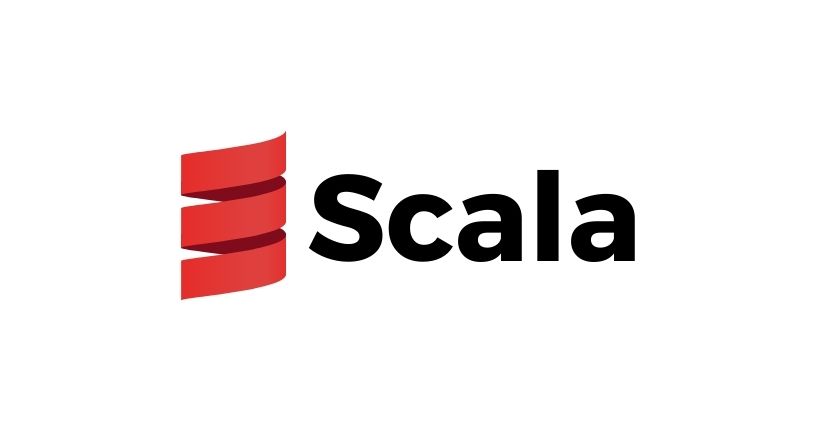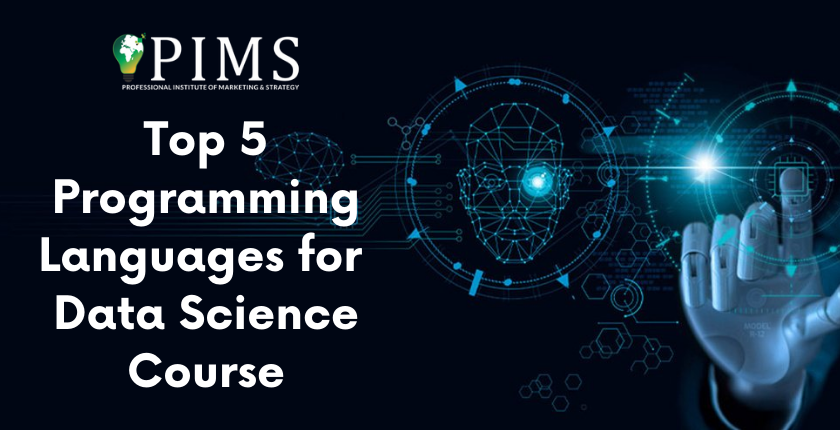Top 5 Programming Languages For Data Scientists
You might be looking to enter this field called Data Science. If that’s the case, it is essential to be proficient in various data science programming languages taught in a data science course since one language cannot solve all problems. If you don’t master the particular languages that data scientists commonly employ, your expertise will be insufficient. The demand for the languages like Python began to increase in the late 2010s and was accompanied by the rise of Data science courses.
Many of these requirements are directly linked to the growing number of technologies that are becoming mainstream. The speed of adoption from the cloud, artificial reality (AR), virtual reality (VR), artificial intelligence (AI), machine learning (ML), and deep learning are increasing the demand for specific languages. Additionally, certain languages are suited to the various job positions after a Data Science Course, such as an analyst in business, data engineer, data architect, or machine learning (ML) engineer.
Ultimately, your environment for data science, platform framework, interest, organization, and career course will cause you to become a specialist in a particular programming language. Data scientists have to be open to learning more to adapt to the latest advancements and developments in the constantly developing field.
What to consider when choosing the correct programming language for your Data Science course in India.

Before you choose the top programming language for data science, you must take into consideration a number of aspects:
- What kinds of tasks do you be required to complete?
- What is your organization’s strategy to make use of data science?
- What are the company’s goals?
- What are your professional passions?
- What programming languages do you already know?
- What level of difficulty do you want to take on?
- What are your education plans?
Python

Applauded by both researchers and developers of software equally, Python in data science has shown itself to be the preferred programming language due to its user-friendliness and ability to change. Its stable, mature, and capability of working with high-performance algorithms, which allows it to connect with the latest technologies like machine learning predictive analysis, machine learning, and artificial intelligence (AI) via robustly supported libraries that are part of its broad ecosystem. Alongside its advantages as a language for deep learning, Python also enjoys almost unbeatable support across different operating systems, allowing natively processing of data from almost every source.
R

R programming for data science can be compared with Python because its fundamental strengths are comparable due to its open-source nature and its the fact that it is a system-agnostic language designed to work with all operating systems. While both are aces in data science programming or machine learning, R is designed and developed by researchers heavily influenced by mathematical models. Exploring data can provide a range of options that can be carried out to sort, create, edit, merge and distribute data sets accurately to prepare them for final formatting. Finally, data visualization is a different area that R is a specialist in and has several applications that assist in displaying results through charts and graphs and complex graphs of the numerical analysis.
Java

Java has been in use for more than a quarter of 100 years. In that time, the class-based, object-oriented language has been a steadfast follower of its “write once and then run everywhere (WORA)” credo and has been characterized as having the least amount of dependencies possible, regardless of where the code will be executed. This is also true for applications that run in the Java virtual machine (JVM) that can be used irrespective of the operating system and is largely system-independent. Java is the preferred platform for a number of the most popular tools for large-scale data analysis, including Apache Hadoop and Scala (more about Scala below). Its well-established machine learning library, large data frameworks, and native scalability permit access to almost unlimited storage while also managing various processes for data processing in clustered systems.
Scala

The language is a high-level programming system based upon the JVM platform, and Scala was designed to use the same advantages as Java to fix some of its weaknesses. Scala is designed to be highly adaptable and able to deal with the complexity of extensive data. It has compatibility with data science high-performance tools based on Java-like Hadoop. It is also a flexible, high-performance, highly scalable, and open-source clustered computing system when used with Apache Spark & can efficiently utilize enormous resources in the hardware.
Julia

Compared to other programming languages listed, Julia is the newest one, having been in use for less than 10 years since its first release. However, don’t you think that it’s an absence of maturity, since, despite being among the newest programming languages, Julia continues to grow in the eyes of researchers who require a data science programming language that is dynamic and capable of carrying out calculations within a highly-performance computer platform. Its speedier execution allows for faster development and produces applications that function like those written on low-level languages such as C. A minor drawback for Julia is that its community isn’t quite as robust as other languages, limiting support options. But, this is one of the many problems of any technology that will work out as technology improves.
Final Thoughts
If you are a data scientist, you must master the correct data science programming language to ensure an easy and rewarding career. To ensure that you are doing this correctly, make sure you take the time to reflect on the areas you’re passionate about and wish to pursue a data science course certification in. If you’re working, think about which Data science course in India could provide the most value for data science applications within your workplace. Continuously improve your programming abilities and understand what industries and employers seek a data scientist. It is possible to check out job ads on popular job websites.
PIMS offers unique classes in various programming languages that can be valuable for data scientists. Its Data Science Course Certification helps train and certify people who want to enhance their skills. To be a part of the most competitive job markets in the country, take advantage of this opportunity to enroll now.


